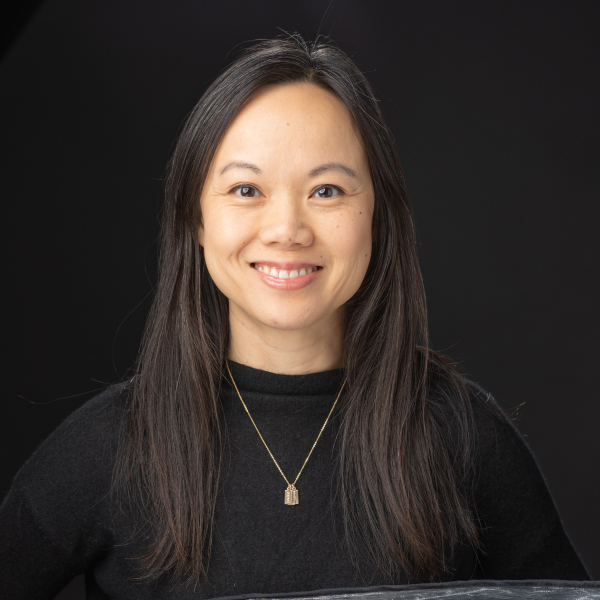
BACK TO BLOG
Why the Best Enterprise Products Rarely Win (And What Comes Next)
October 7, 2025
%20(1).jpg)
In enterprise software, the best product rarely wins. The companies with the largest sales teams do.
Oracle and SAP were founded in the 1970s and haven’t meaningfully innovated in decades, yet they remain dominant because of their massive sales organizations. In 2024 alone, Oracle spent $8.27 billion on sales and marketing; SAP spent $9.8 billion.
Lessons from PlanGrid
We learned this lesson firsthand while scaling PlanGrid from zero to $100 million in ARR in eight years. PlanGrid was part of the mobile-first SaaS wave of the 2010s. We built a product users loved. But in enterprise, that wasn’t enough. To compete, we had to lean heavily on data.
We tracked TAMs, monitored penetration, and we bet courageously on where to invest. By the early 2010s, like many, we deployed CRM, ERP, marketing automation, HRIS, and a dozen other SaaS platforms in just one year. The result: abundant but siloed data.
The Multi-Million Dollar Data Stack
So we hired data scientists and engineers to unify it into a single source of truth. On top of Salesforce, NetSuite, and Marketo, the data team deployed a data lake, a data warehouse, and built ETL pipelines, custom models, and dashboards. By the mid-2010s we had a multi-million dollar data stack and multi-million team.
Reality vs. Vision
In practice, the reality never matched the vision. Highly trained data scientists, some with PhDs, were reduced to ticketing systems, churning through Jira requests for pie charts. Business teams defaulted to what they knew: Marketing built Tableau heat maps, Sales relied on static Salesforce reports, Finance verified numbers in spreadsheets by hand. Instead of unifying insights, the warehouse became a bottleneck only programmers could navigate.
A Decade Later: Still Broken
A decade later, this status quo persists: bloated stacks, overworked teams, and siloed reports no one fully trusts. Despite billions invested, most companies are no closer to a true single source of truth. Everyone knows it’s broken, but no one has fixed it.
Meanwhile, the talent who could fix it has moved on. The best data scientists and engineers now build AI products as founders or leaders at companies that redefine AI’s application and impact. LinkedIn reports that AI job postings increased by 59% in 2024, marking it as the fastest-growing job category in the U.S. Enterprise data teams are drained of expertise, stuck in reporting factories instead of shaping strategy.
Why AI Pilots Fail
An MIT study found that 95% of AI pilots fail.
Not because the models don’t work, but because businesses struggle to redesign workflows, embed domain expertise, and focus their efforts.
At the same time, much of the talent who could bridge these gaps has left traditional enterprise roles to build elsewhere.
The result is a dual dynamic: internal teams lack expertise, and external experts are no longer in-house. That helps explain why so many enterprise AI efforts stall.
MIT found that in-house builds succeed only 33% of the time, while external partnerships or specialized platforms succeed at more than twice that rate (67%).
The Broken Foundation
AI won’t magically fix this.
Models are only as good as their data, and the broken foundation makes the problem more obvious. The companies that simplify, unify, and operationalize their data will define the next decade.
From Stacks to Usable Systems
The shift is underway. Instead of stitching together endless point solutions, leaders are starting with the business decisions they need to make, and working backwards to the data required. It’s a move from building stacks to building usable systems.
At TigerEye, that’s our focus. We’ve lived the pain of fragmented stacks and bottlenecked teams. The future isn’t another dashboard. It's a chatbox that helps leaders make faster, more confident decisions with their own data, and calculations they can see, understand and trust.
The last wave of enterprise software was defined by who could sell the most. The next will be defined by who helps companies actually see and act on their data.

.png)


%20(1).jpg)
.png)

.png)
%20(1).jpg)
%20(1).jpg)